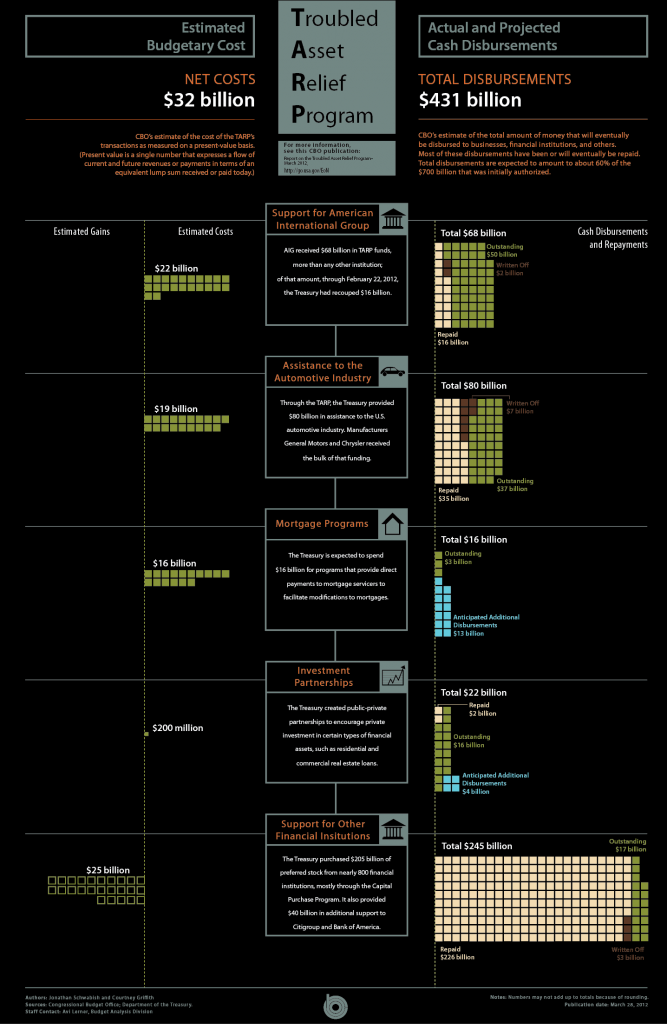02.04.2012
In the News, Policy Points
Over the winter, South by North Strategies, Ltd. conducted research into changes in state support in public higher education from 1990 onward for Demos, a national public policy organization based in New York City.
The forthcoming report, entitled The Great Cost Shift in Higher Education, will be the subject of a forum to be held at North Carolina Central University in Durham at 7:30 p.m. on April 4, 2012. The event, which will feature South by North Strategies’ research, is being sponsored by Demos, the NC Justice Center, the Campaign for Young America, and NC Central University.
Click here to register for the event, which will take place in the Alfonso Elder Student Union on the campus of NC Central University (campus map).
30.03.2012
News Releases, Policy Points
CHAPEL HILL (March 30, 2012) – The pace of job growth in North Carolina slowed in February, while the statewide unemployment rate fell below 10 percent for the first time in three years. Yet unemployment remains elevated with the current rate of job growth insufficient to close the job gap anytime soon. These findings come from new data released by the Labor and Economic Analysis Division of the NC Department of Commerce.
“The rate of job growth slowed in February, rising by 0.2 percent compared to a 0.6 percent rate of growth in January,” said John Quinterno, a principal with South by North Strategies, Ltd., a research firm specializing in economic and social policy. “Last month, the labor force expanded, the number of employed persons rose, and both the number of unemployed persons and the share of the labor force that was jobless fell. The share of the adult population with a job, though still extremely depressed, also rose to the highest level recorded since August 2009.”
In February, North Carolina employers added 8,300 more payroll jobs than they cut. Net gains occurred largely in the public sector (+5,600), though the private sector netted 2,700 jobs. Within the private sector, leisure and hospitality services added the most jobs in absolute terms (+1,900, driven almost entirely by gains in the accommodation and food services subsector). Professional and business services netted 1,600 positions with the gains concentrated in the professional, scientific, and technical services subsector. Education and health services also gained 1,400 positions. Meanwhile, other services shed the most positions (-1,300), followed by construction (-600) and manufacturing (-300).
A positive revision to the January 2012 labor market data found that the state gained 4,900 more jobs than first reported (+21,900 versus +17,000). North Carolina now has, on net, 214,300 fewer positions (-5.1 percent) payroll jobs than it did in December 2007. Since bottoming out in February 2010, the state has netted an average of roughly 4,700 payroll jobs per month, resulting in a cumulative gain of 112,000 positions (+2.9 percent).
“Over the past two years, North Carolina has logged some progress in closing the job gap caused by the recent recession with the past six months or so witnessing some welcome improvements,” noted Quinterno. “When compared to December 2007, North Carolina still has fewer payroll jobs in every major private industry sector except for educational and health services and professional and business services. At current rates of growth, a full recovery in the labor market remains elusive.”
The household data for February also point to a weak labor market. Positively, North Carolina experienced an increase in the size of the labor force (+5,287, +0.1 percent, as well as a rise in the number of employed North Carolinians (+16,813, +0.4 percent). The number of unemployed persons fell (-11,526, -2.4 percent), as did the unemployment rate. February also marked the first time since March 2010 that the statewide unemployment rate was below 10 percent.
Joblessness remained widespread in February. There were over twice as many unemployed North Carolinians in February 2012 as there were in December 2007, and the statewide unemployment rate was 4.9 percentage points greater than it was more than four years ago. And, the monthly statewide unemployment rate has exceeded 10 percent in 35 of the last 36 months.
“New data suggest that North Carolina’s labor market has experienced some real improvements over the past few months,” observed Quinterno. “At the same time, conditions remain alarmingly bad by any objective or historical measure. Recent improvements do not alter the facts that a shockingly high share of the labor force remains without work and that the economy is not adding positions quickly enough to accommodate all those who need jobs.”


 Email Sign-Up
Email Sign-Up RSS Feed
RSS Feed